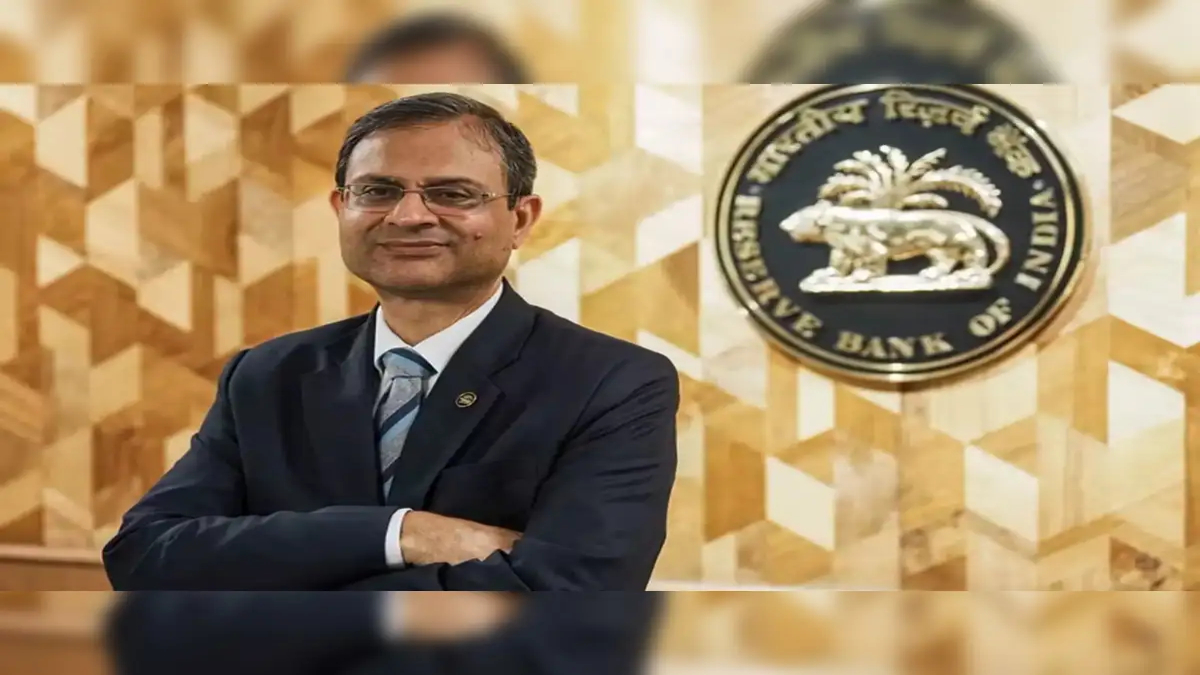Now Reading: RBI MPC Pauses, Raises FY26 Growth Forecast
-
01
RBI MPC Pauses, Raises FY26 Growth Forecast
RBI MPC Pauses, Raises FY26 Growth Forecast

The Reserve Bank of India’s (RBI) Monetary Policy Committee (MPC) concluded its latest three-day deliberation, headed by Governor Sanjay Malhotra, with a unanimous decision to maintain the status quo on the key policy rates. The benchmark Repo Rate—the rate at which the RBI lends money to commercial banks—was kept unchanged at 5.50 per cent. The decision marks the second consecutive pause after a cumulative 100 basis points (bps) reduction earlier in the fiscal year.
The MPC also resolved to retain the ‘Neutral’ policy stance, signaling the central bank’s readiness to move the policy rate in either direction based on evolving economic data, a position necessitated by the complex interplay of domestic resilience and global headwinds. This neutral posture allows for flexibility as the full impact of front-loaded rate cuts and recent fiscal measures continues to play out in the economy.
Revised Economic Outlook
Despite holding the rates steady, the RBI delivered a more optimistic view on economic growth. The Real GDP growth forecast for FY26 was revised upwards to 6.8 per cent from the earlier estimate of 6.5 per cent, reflecting strong domestic activity, particularly in consumer sentiment and government capital expenditure.
Simultaneously, the committee demonstrated confidence in the inflation trajectory, reducing the Consumer Price Index (CPI) inflation forecast for FY26 to 2.6 per cent from the previous projection of 3.1 per cent. This downward revision is largely attributed to benign food inflation and the anticipated positive pass-through effect of recent Goods and Services Tax (GST) rationalisation measures.
Key Rationales Behind the Decision
The decision to pause was predicated on a cautious assessment of several factors:
- Impact of Past Actions: The MPC emphasized the need to allow the significant 100 bps rate cuts implemented since February to fully transmit through the financial system and impact the real economy.
- External Volatility: Global uncertainties, including trade-related developments such as US-imposed tariffs and geopolitical risks, were flagged by Governor Malhotra as factors that could decelerate growth in the second half of the fiscal year and beyond. The committee deemed it prudent to wait for greater clarity before charting its next course of action.
- Balancing Growth and Stability: While acknowledging that a significant moderation in inflation has opened policy space to support growth, the MPC prioritized stability, holding a “wait and watch” position to carefully weigh risks to both inflation and growth targets.
Additional Measures and Policy Highlights
Beyond the core rate decision, the Governor announced a series of developmental and regulatory measures aimed at strengthening the financial system:
- Financial Market Enhancements: The RBI proposed to remove the regulatory ceiling on lending against listed debt securities and enhanced the limits for lending by banks against shares and for Initial Public Offering (IPO) financing, measures designed to expand capital market lending.
- Banking Sector Reforms: Key announcements included the move to make the Expected Credit Loss (ECL) framework applicable to all scheduled commercial banks from April 1, 2027, and the planned revision of Basel III norms to be effective from the same date, aiming to bolster the resilience and capital adequacy of the Indian banking system.
- External Sector Resilience: The Governor noted that India’s external sector remains resilient, with foreign exchange reserves at a robust level, enough to cover over 11 months of imports, and strong remittance inflows expected to keep the Current Account Deficit (CAD) sustainable.
The RBI’s October policy review, therefore, strikes a careful balance—affirming the economy’s robust growth momentum while adopting a vigilant, data-dependent approach to monetary policy in the face of persistent global headwinds.







